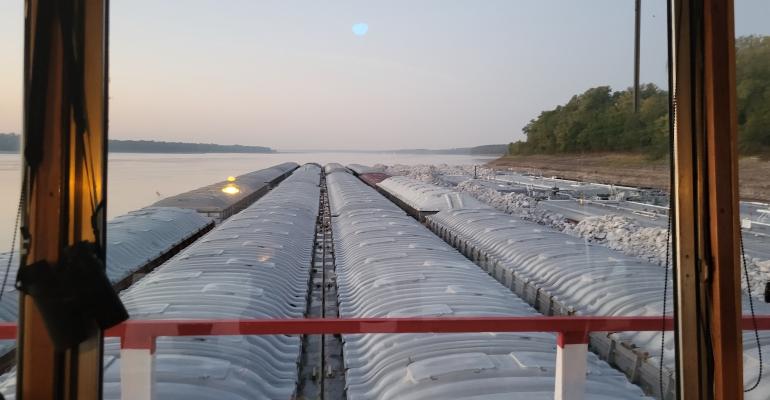U.S. Coal Exportation: A New Frontier
Contributed by C. Bryant Dudley, CFIRE Project Assistant
The demand for coal in the United States has declined sharply since 2008. Much of this decline is driven by the decreased use of coal for power generation, which has dropped from nearly half to just under a third. This trend is likely to continue: 20 percent of coal-burning power plants in the United States are scheduled for permanent closure in the coming years (Figure 1) (Soward, 2012). The low cost of natural gas, new EPA regulations, and a slowing demand for electricity all contribute to the decline in the use of coal for power generation.

China’s coal imports have increased by a factor of 60 over the past decade. The bulk of this coal comes from Australia, which also supplies much of China’s iron ore. The U.S. Energy Information Administration predicts that China will account for more than 88 percent of the increase in worldwide coal consumption by 2030 (Figure 2) (Con, 2011).

U.S. coal producers—particularly those in the Powder River Basin—are currently looking to shift from supplying the declining U.S. market to exporting coal to the emerging Asian market. This shift from supplying domestic markets to exports will also cause a shift in the movement of rail-borne coal, particularly on rail lines operated by BNSF and Union Pacific in the Midwest and Western areas of the United States (Colman, 2012).
The direct impact to the MAFC region could prove to be stifling. According to a U.S. Energy Information Administration Carload Waybill sample,* six of the ten states within the region receive at least 96 percent of their coal directly from the Powder River Basin (Sample, 2008). With the plausible combination of Powder River Basin coal being exported to Asia and the decline in the demand of coal powered electric facilities in the Midwest, there could be disruptions in the freight transportation both to and from the MAFC region and the Powder River Basin route lines in the future.
* Note: A waybill can include one or more train cars and a train can include one or more waybills.
References
- Colman, Z. (2012). Coal exports could face roadblocks if Democrats maintain Senate control. The Hill. Retrieved October 18, 2012.
- Con, W. O. (2011). Power Past Coal. Retrieved October 16, 2012.
- Institute for Energy Research (2012). Impact of EPA’s Regulatory Assault on Power Plants. Retrieved October 16, 2012.
- Roberts, A. (2012). Market Drivers of Pacific Northwest Coal Activity. Retrieved October 16, 2012.
- Sample, S. T.-B. (2008). Coal Transportation Rates. U.S. Energy Information Administration.
- Soward, L. R. (2012). Air Alliance Houston. Retrieved October 16th, 2012.
- U.S. Energy Information Administration. (2008). Rail Coal Transportation Rates to the Electric Power Sector. U.S. Energy Information Administration.
